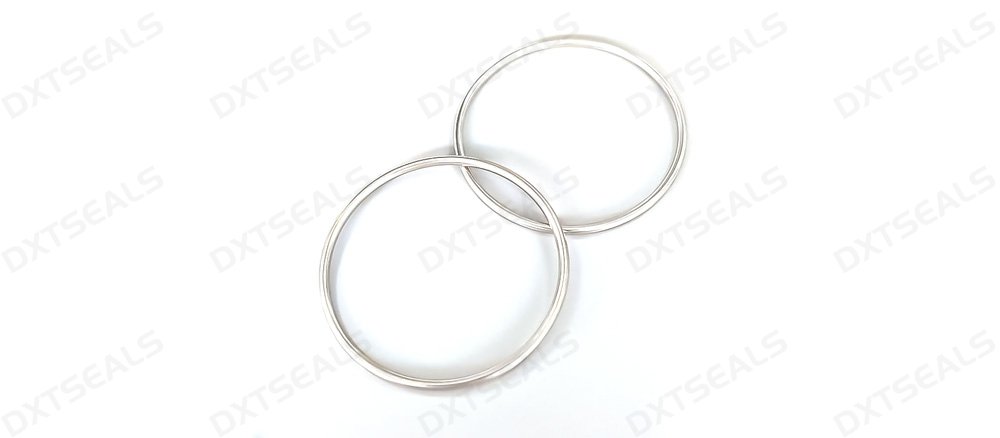
Metal O-ring seals are vital components across numerous industries, offering reliable sealing solutions for a variety of applications. Their ability to withstand high pressures, extreme temperatures, and corrosive environments makes them a popular choice for demanding conditions. This article explores the application scope of metal O-ring seals and provides guidance on selecting the appropriate materials for your needs.
1. Understanding Metal O-Ring Seals
Metal O-ring seals feature a circular design with a cross-sectional profile that provides a robust barrier against leakage. These seals are typically made from materials such as stainless steel, aluminum, and other alloys that enhance their durability and performance in challenging environments.
2. Application Scope of Metal O-Ring Seals
Aerospace: In the aerospace sector, metal O-rings are used in fuel systems, hydraulic systems, and engine components. Their ability to withstand extreme temperatures and pressures ensures safety and reliability in flight operations.
- Oil and Gas: Metal O-rings are essential in drilling and extraction equipment, where they provide effective sealing in high-pressure environments. They are used in valves, pumps, and connectors to prevent leaks and maintain system integrity.
- Chemical Processing: In petrochemical facilities, metal O-rings are utilized to seal equipment exposed to corrosive chemicals. Their corrosion resistance and ability to handle harsh conditions make them ideal for this sector.
- Automotive: In the automotive industry, metal O-rings are found in fuel systems, engines, and hydraulic systems. Their reliability ensures optimal performance and safety in vehicles.
- Industrial Machinery: These seals are commonly used in hydraulic cylinders, pumps, and compressors, providing effective sealing solutions that enhance operational efficiency.
3. Material Selection Guide for Metal O-Ring Seals
Choosing the right material for metal O-ring seals is crucial for optimal performance. Consider the following factors when selecting materials:
- Temperature Resistance: Ensure the material can withstand the operating temperatures of your application. For high-temperature applications, stainless steel or specialized alloys are recommended.
- Corrosion Resistance: Choose materials that resist corrosion, especially in environments exposed to chemicals or moisture. Stainless steel and other corrosion-resistant alloys are excellent options.
- Pressure Ratings: Assess the pressure requirements of your application. Ensure that the selected material can handle the maximum pressure without compromising sealing integrity.
- Compatibility with Fluids: Ensure the material is compatible with the fluids it will encounter in your application. Consult compatibility charts to avoid material degradation.
- Cost Considerations: While performance is essential, consider the cost of materials and balance it with the expected lifespan and reliability of the seal.
4. Conclusion
Metal O-ring seals play a crucial role in various industries, providing reliable sealing solutions for high-pressure and high-temperature applications. By understanding their application scope and following a material selection guide, you can ensure that you choose the right metal O-ring seals for your needs. With the right materials, you can enhance the performance, safety, and longevity of your systems.
